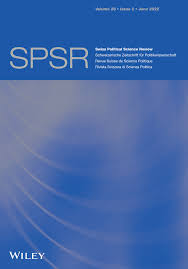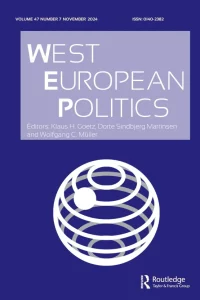The political theory of an issue public correlates broad democratic engagement to a voting
behavior tightly linked to single issue decision-making. In the American political context,
issue publics such as abortion or gun rights become entrenched single issue political
positions that can significantly affect voting patterns and legislation. A primary theory
advanced by Carmines and Stimson (1986) is that issue publics are contingent upon elite
acceptance and advocacy of the issue. This research study tests the theory of Carmines and
Stimson by examining the seeming absence of an issue public in Romania and comparing it
to the emergence of a similar issue public in the United States in the 1960s: outer space.
Given the peculiar dynamic of Romanian outer space politics, Romania represents a unique
case: a persistent interest in Outer Space as manifest through its history, respective
agencies and commercial enterprises, and a persistent absence of it as an issue public. This
study attempts to understand both the dynamics of this gap and postulate why it occurs by
looking comparatively at the specific case of the United States in the late 1950s and early
1960s.





